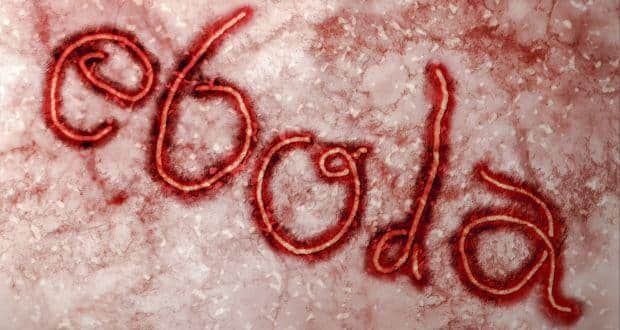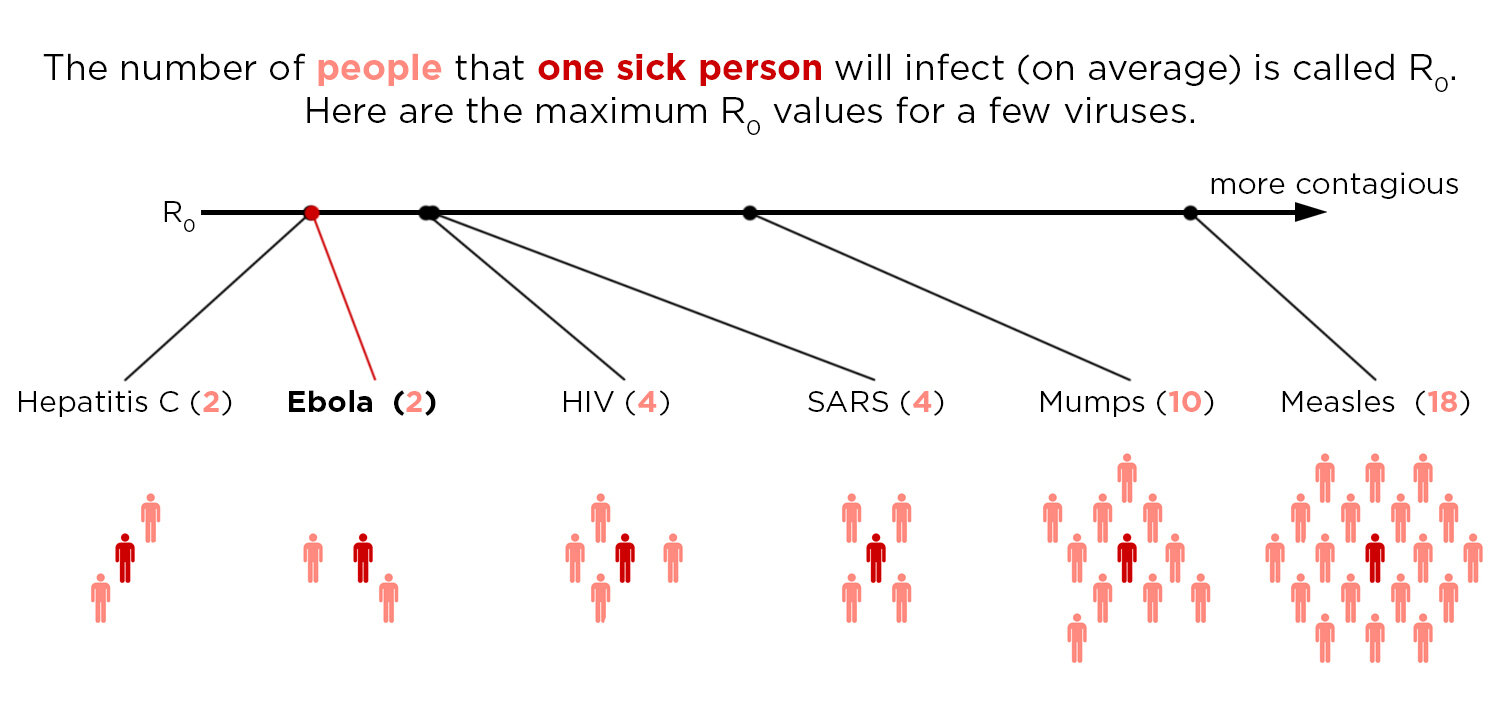
One of the most critical ways to determine categorize the seriousness of a deadly virus is to measure its ability to spread. The latest Ebola epidemic is a major issue in today’s medical news as the infectious disease continues to be transmitted to others which leads to the death of approximately seven out of ten people who has the virus. This statistic may install fear in a lot of people; however, there are lots of diseases that have high mortality rates as well for an example, rabies. If untreated, once the symptoms appear for rabies, it is a 100% chance that you will die from it. The real that should be accounted for is how proficient is the disease to spread. Unless you are bit by a wild or stray animal such as a stray dog or raccoon then the possibility of you getting rabies is quite small. This same concept can be applied to the transmission of Ebola from one person to another. From my research I believe that Ebola is not a risk to be concerned about for us in the U. S. from the sole reason on how it is transmitted.

The Ebola virus is spread through the air. There are two ways by air in which viruses can be spread and they are droplet transmission and airborne transmission. Airborne transmission transmits the virus through small droplets that float in the air beyond thirty feet. Through droplet transmission, virus is transmitted by large droplets that quickly falls to the ground and travels far less than airborne transmission. Ebola is spread by the means of droplet transmission and is limited to travel three to six feet. So unless you come in contact with the pathogen fluid from the infectious victim than you will not get the virus as shown below.

NPR states that viruses’ contagiousness is measured by R nought. R nought is a mathematical term that states the average of how many people who can catch the disease from one sick person during an outbreak. Ebola only has an R nought of two, Mumps have an R nought of 4, Mumps has an R nought of 10, and Measles has an R nought of 18 (The chart below shows a visual of the contiguous these diseases).

At first I thought that despite only having an R nought of two still could in time grow to a vast number, since in theroy the number of invectious is doubling. However, after looking further into this theory I have found this would only occur with countries that have poor health systems. Despite the transmission of the virus to the two health workers in Texas, that is and will continue to be a rae occurance due to the ineffeciency of Ebola and the safictication of the United States healthcare system. In addition, our healthcare workers can quickly isolate victim before they become contaigious which is when symptoms occur.
In conclusion, the ebola virus is a very deadly disease, yet it is inefficent and wouldn’t preveil in a country with good health care such as the U.S. The only way to obatin the ebola virus is to come in close contact with someone that has it. The U.S. and many other countries can manage the virus effectivey. More contagious desisesase such as Measle, which is uprising today, should be a greater concern.
